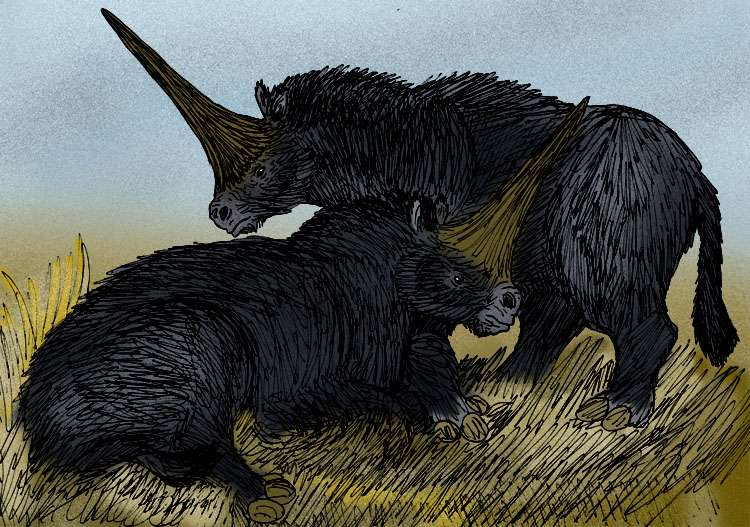Humans, 'unicorns' may have walked Earth at same time: study

A long-extinct animal known as the Siberian unicorn—which was actually a long-horned rhinoceros—may have walked the Earth 29,000 years ago, at the same time as prehistoric humans, researchers say.
Until now, the Elasmotherium sibiricum was thought to have vanished 350,000 years ago.
But research published in the American Journal of Applied Science describes a far more recent discovery of a well-preserved skull in Kazakhstan.
"Most likely, it was a very large male," said paleontologist Andrey Shpanski of Tomsk State University (TSU).
"The dimensions of this rhino today are the biggest of those described in the literature."
Researchers used radiocarbon dating to determine the creature's age, leading to theories of migration and refuge-seeking in southern corners of Western Siberia for these lumbering legends.
The skull was in relatively good shape, and showed no signs of having been gnawed upon.
Siberian rhinos, which were likely vegetarians, have been described as weighing up to four tons and standing two meters tall by nearly five meters long.
Their habitat extended from the Don River to the east of modern Kazakhstan, said the study.
Shpanski said the findings suggest that other "mass radiocarbon studies" should be done to assess remains of mammals previously believed to have disappeared 50,000-100,000 years ago.
© 2016 AFP
















